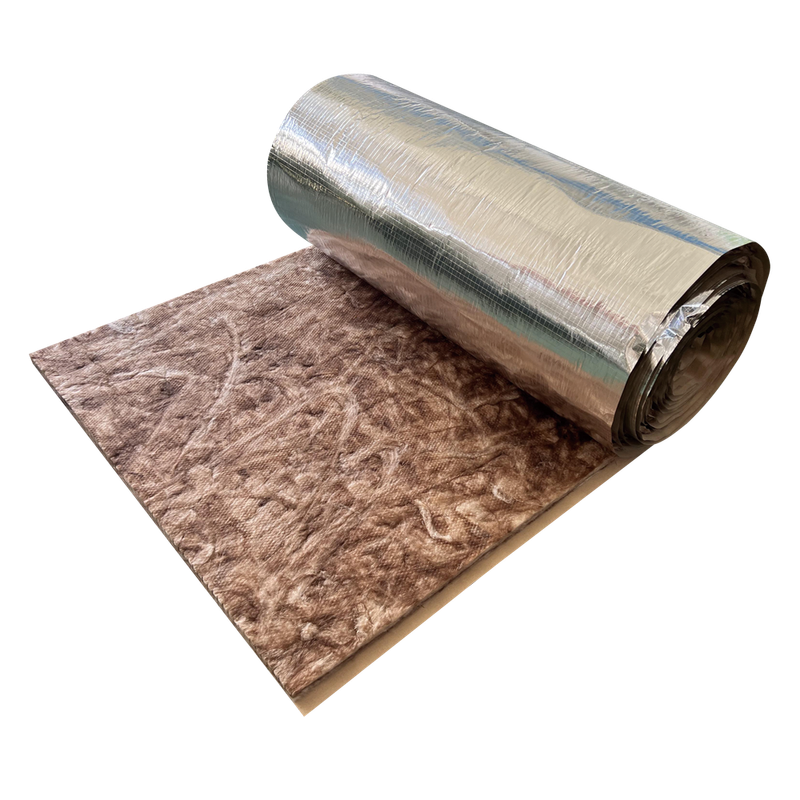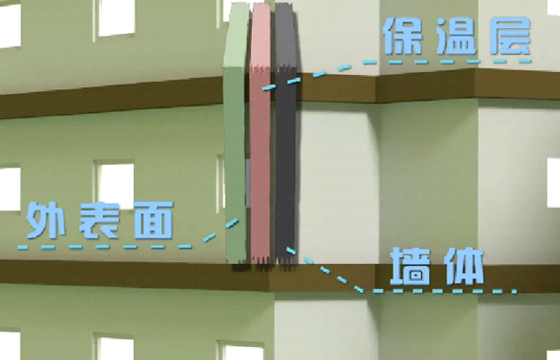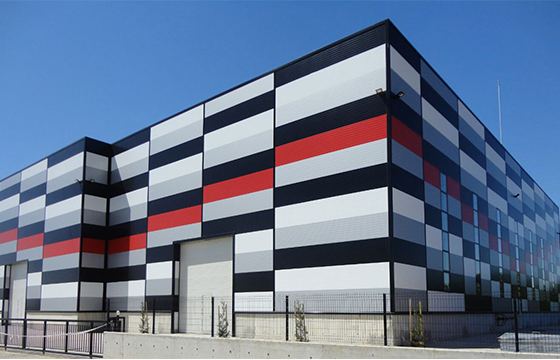Is fiberglass wool dangerous?
2025-09-29
The word "fiberglass" makes most homeowners shudder - wrongly linking it with asbestos since both are fibrous. However, the safety record of modern fiberglass wool is quite different, and understanding the facts will allow you to make the best decision for your home.

Understanding the Science of Fiberglass Safety
The key to fiberglass safety lies in "biopersistence" - how long fibers remain in the lungs if inhaled. Unlike asbestos fibers, which are durable and remain in the lungs for decades, fiberglass wool fibers are low in biopersistence. The International Agency for Research on Cancer (IARC) and other prominent health organizations classify fiberglass wool as "not classifiable as to its carcinogenicity to humans" (Group 3) - that is, research hasn't proven that it causes cancer in humans.
Real-World Installation Experience
Take, for instance, the case of Bob Thompson, a Toronto professional insulator who has over 20 years of experience. "We always wear proper PPE - N95 respirators, gloves, and coveralls. The itching some people experience is because of mechanical irritation, not chemical reaction. Once the insulation is properly installed behind drywall, it's absolutely safe for homeowners."
When Should You Be Wary?
The big concerns are during handling:
Temporary skin irritation from fiber contact
Mild respiratory discomfort if inhaled as dust
Eye irritation if goggles are not worn properly
These are temporary effects and can be avoided with minimal precautions. Groups such as OSHA (Occupational Safety and Health Administration) give detailed regulations for installers, but homeowners are seldom required to have this type of protection for limited exposure.
Living Safely With Fiberglass Insulation
Properly installed, fiberglass wool is not a health risk. The fibers can't penetrate intact drywall or other building materials. Problems occur only when the material is disturbed during renovations or when insulation in unfinshed areas becomes damaged and exposed.
Quality Matters: Choosing Safer Products
Fiberglass wool insulation made by conscientious producers like UET today is made with safety considerations. The majority now use acrylic binders, rather than formaldehyde-based binders, to reduce VOC emissions. Look for certifications from credible standards bodies and manufacturers that provide detailed Material Safety Data Sheets.
The Environmental Protection Agency (EPA) finds that properly installed fiberglass insulation does not affect indoor air quality. Exposed or frayed fiberglass insulation that you already have in place is easily fixed with plastic sheeting or an additional layer of drywall.
With good materials, professional installation, and reasonable precautions for any do-it-yourself efforts, decades of energy-saving comfort from fiberglass wool insulation can be yours with perfect safety.
Related Blog

Is fiberglass insulation environmentally friendly

Global thermal insulation building materials industry trends ——Analysis of glass wool, rock wool and rubber and plastic market trends

Dynamics of the thermal insulation building materials industry from a global perspective—— Focus on glass wool, rock wool and rubber and plastic materials

Don't let exterior wall insulation materials become accomplices in fire!

Chongqing materials industry carbon peak plan:—— involving rock wool, thermal insulation and decorative integrated panels and aerogel, etc.

Is fiberglass insulation environmentally friendly

Global thermal insulation building materials industry trends ——Analysis of glass wool, rock wool and rubber and plastic market trends

Dynamics of the thermal insulation building materials industry from a global perspective—— Focus on glass wool, rock wool and rubber and plastic materials

Don't let exterior wall insulation materials become accomplices in fire!

Chongqing materials industry carbon peak plan:—— involving rock wool, thermal insulation and decorative integrated panels and aerogel, etc.
contact us







